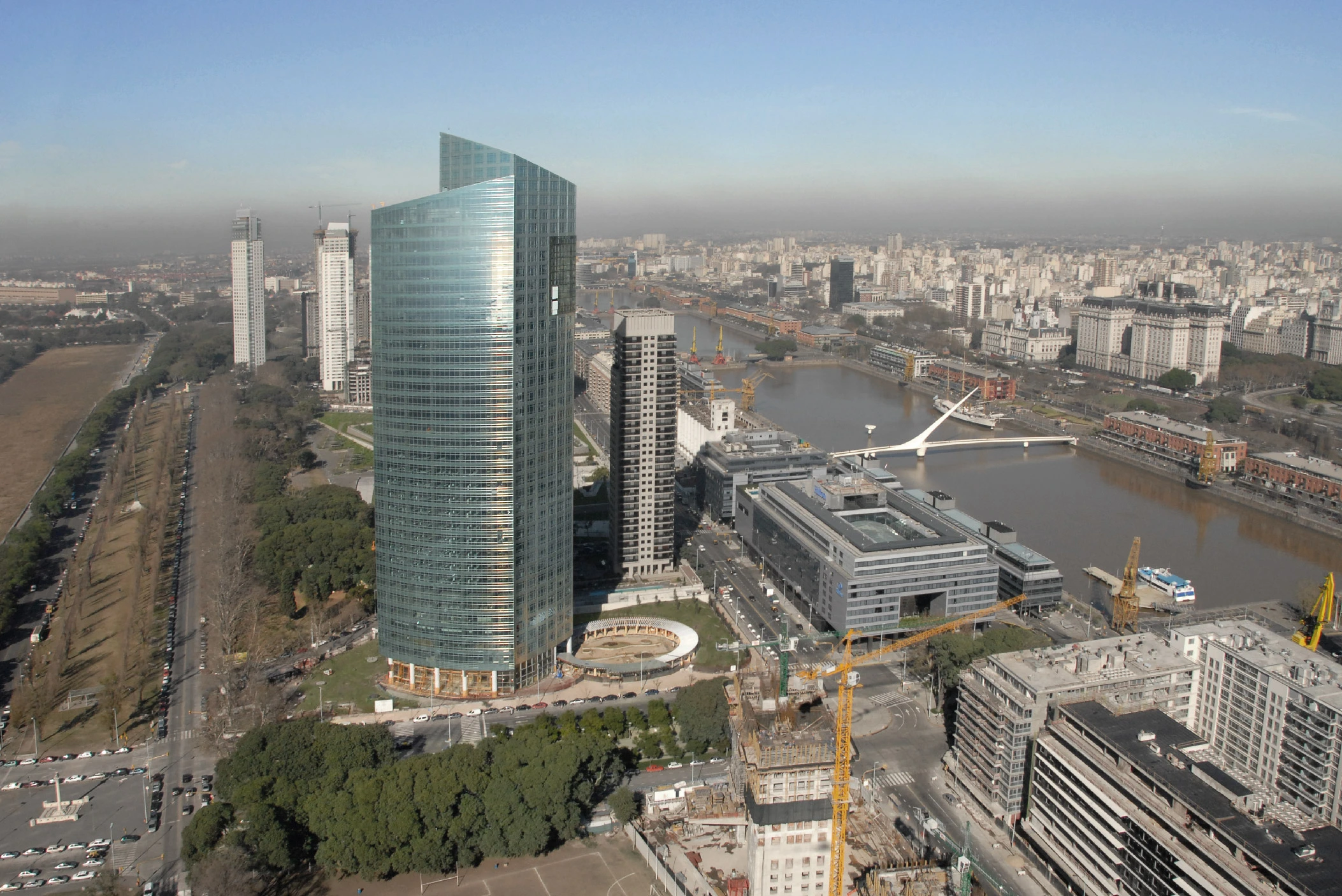Just before a major political shift, Argentina’s semi-state oil company YPF has implemented a 30% increase in fuel prices nationwide.
Other oil companies in Argentina have also increased their prices. YPF leads the market, with a 55% share in fuel retail.
It announced the largest price rise among all fuel distributors in Argentina. Regular gasoline prices went up by 30%.
Premium gasoline saw a 26% increase. Diesel prices rose by 31% and premium diesel by 22%.
In Buenos Aires, the capital, new prices are in place. Regular gasoline costs 404 Argentine pesos per liter, around $1.10.
Premium gasoline is now 499 pesos, about $1.36. Diesel costs 431 pesos, approximately $1.18. Premium diesel is 543 pesos per liter, nearly $1.49.
This price hike happens two days before Javier Milei becomes Argentina’s new president.
The increase is part of a trend. For instance, Raizen, operating under Shell, recently raised its prices by 15%.
Since last August, YPF has increased fuel prices by an average of 63%. Télam, the state news agency, reported this fact.

Raúl Castellano, head of the Chamber of Fuel Entrepreneurs, explained the reasons. He was quoted in local news.
The rise is due to delayed price adjustments. This year, fuel prices have not kept pace with inflation, lagging by 35%.
Background – YPF Leads 30% Fuel Price Surge in Argentina
Comparing Argentina’s fuel prices with neighboring countries reveals interesting contrasts.
Countries like Brazil and Chile often have different pricing strategies, influenced by their own economic conditions and energy policies.
Argentina’s fuel prices, post-hike, are now more aligned with regional trends, suggesting a move towards market-driven pricing.
This shift towards higher fuel prices might aim to reduce the fiscal burden of subsidies.
Argentina has struggled with high inflation rates, and aligning fuel prices with market realities could be a step towards economic stabilization.
However, this approach comes with risks, such as public dissatisfaction and increased cost of living, which the new administration will need to navigate carefully.

